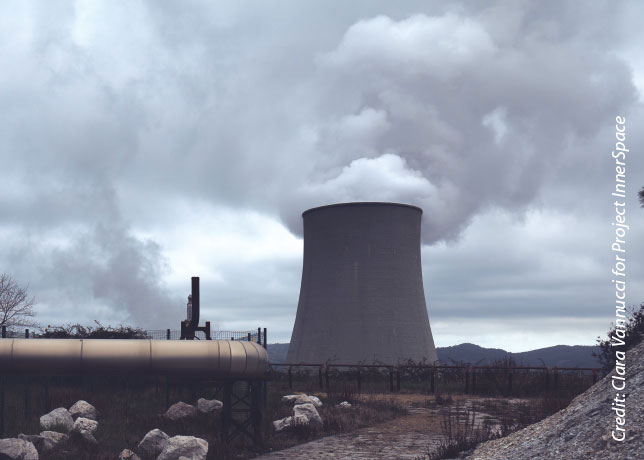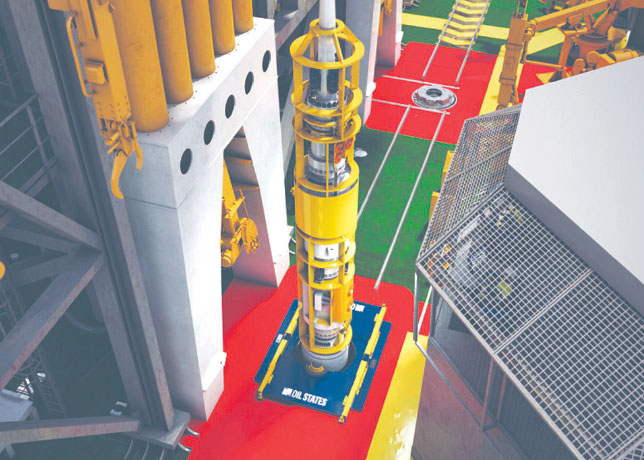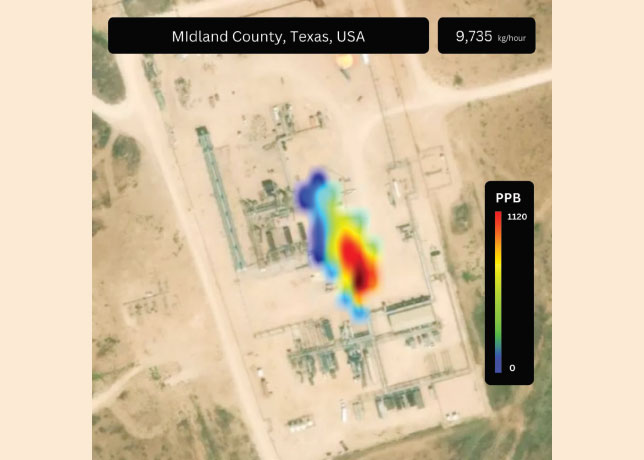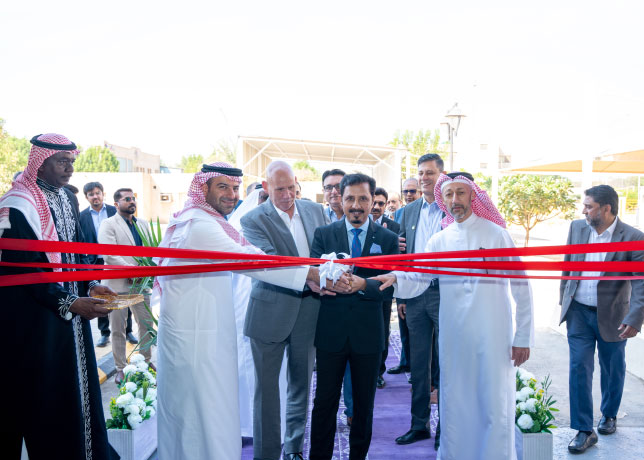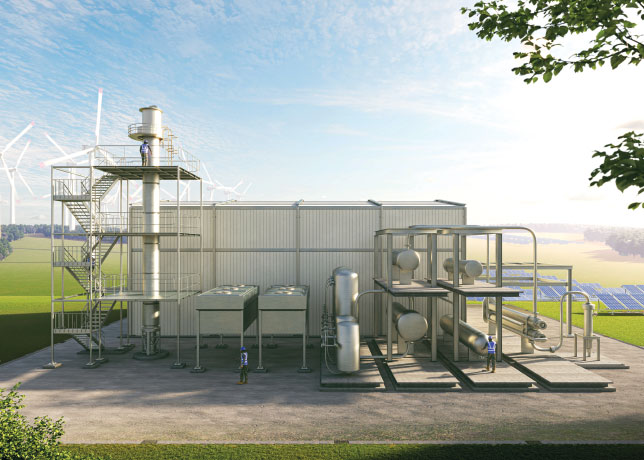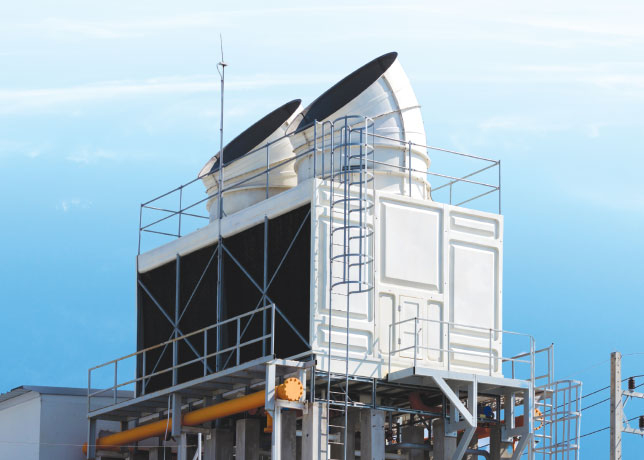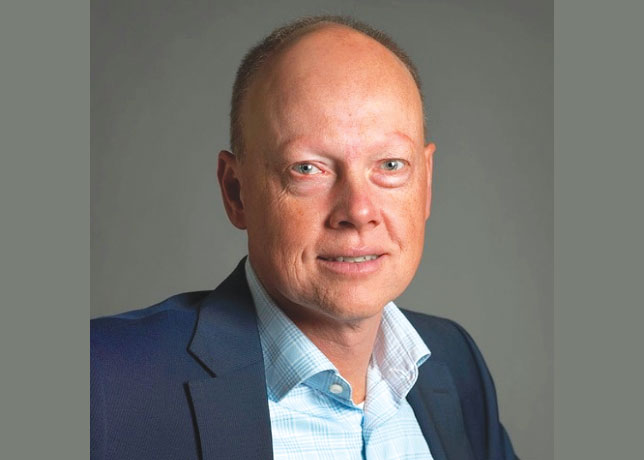
 Matt Spalding
Matt Spalding
Carbon capture solutions could be a key factor for climate action efforts and could significantly contribute to the Middle East’s decarbonisation goals and help fast-track progress, Matt Spalding tells OGN
Earlier this year, the UAE experienced a storm that brought an entire year's rainfall in just one day.
Large parts of the UAE were flooded, leading to widespread damage to homes, roads, buildings, cars and more.
The social and economic impact of such events is tremendous, and the unfortunate reality is that climate change may contribute to a continued rise in natural disasters both locally and globally.
Partly because of increasing carbon emissions, the Middle East is warming faster than the global average by around 0.45 deg C per decade.
The Center for Climate and Energy Solutions reported that for each degree Celsius of warming, the air’s capacity for water vapour increases by 7 per cent.
For countries like the UAE, Saudi Arabia and others in the Gulf Cooperation Council (GCC), rainfall could increase by 15 to 35 per cent by the end of the century.
"Both the public and private sectors need to act quickly to reduce carbon emissions," Matt Spalding, Vice-President and Regional General Manager MENA at Honeywell Energy and Sustainability Solutions, tells OGN energy magazine.
The Middle East and North Africa face unique challenges and opportunities regarding decarbonisation and the expected transition to clean energy over coming years and decades.
As a net energy exporter, the region plays a crucial role in the global energy landscape. However, it faces a pressing need to reduce emissions to avoid contributing to more catastrophic weather events.
Innovative solutions are needed to support the region – and the world – as governments and industry participants work to meet net zero targets some of them have and combat the impacts of climate change.
Carbon capture solutions could be a key factor for climate action efforts.
These technologies can significantly contribute to the Middle East’s decarbonisation goals and help fast-track progress.
Carbon capture, utilisation, and storage (CCUS) solutions help reduce carbon dioxide (CO2) emissions from industrial processes, power plants, and other sources.
By capturing CO2 before it enters the atmosphere, CCUS technologies can significantly help reduce greenhouse gas emissions.
CCUS solutions can play a crucial role in hard-to-abate sectors like cement and steel production, as they can reduce CO2 emissions generated from industrial processes.
These technologies also offer cost-effective alternatives in industries where CCUS proves to be more financially efficient than other emission reduction methods or where captured carbon can serve as a valuable input for products.
A typical coal-fired powerplant – 650-MW capacity – could capture about 3.4 million tons of CO2 per year using Honeywell ASCC technology, which is equivalent to removing 735,000 cars from the road each year.
The Middle East is a fertile ground for advancing CCUS technology, particularly in the areas of utilisation and storage because of its large-scale industrial developments and energy projects.
Carbon capture in these mega-projects can not only mitigate the impact of industrial CO2 emissions but also serve as vital blueprints for other regions to learn about the positive effect that these solutions can have.
Progress is already being made: Abu Dhabi National Oil Company (Adnoc), for example, is actively developing one of the largest carbon capture and storage projects in the MENA region.
This initiative is part of Adnoc’s broader carbon management strategy, aiming to connect all emission sources and sequestration sites to accelerate decarbonisation goals in the UAE.
Another example is the Al Reyadah Carbon Capture Facility in Abu Dhabi - a commercial-scale facility that can capture up to 800,000 tons of CO2 per year from Emirates Steel’s plants.
For carbon capture to succeed in the Middle East, greater collaboration is required between governments, industries, and research institutions to accelerate CCUS deployment.
To promote investment in carbon capture technologies, the public sector needs clear policies, and the private sector needs clear incentives.
Technology-driven decarbonisation, including carbon capture, is critical for the MENA region’s hopes for a cleaner future.
By embracing innovation and investing in modern technologies, we can collectively reduce our carbon footprint and help establish a more sustainable energy landscape for many years to come.
By Abdulaziz Khattak










































































